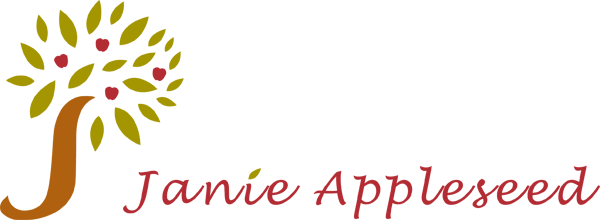21st Century Health Literacy: Bridging the Gap for Consumers
Historically, health literacy has been defined as, “the degree to which individuals have the capacity to obtain, process, and understand basic health information and services needed to make appropriate health decisions. The definition is attributed to the 2004 Institute of Medicine report titled, “Health Literacy: A Prescription to End Confusion,” but is referenced in numerous articles covering health literacy.[1] In 2006, Zarcadoolas, Pleasant and Greer published a book titled, “Advancing Health Literacy”. They improved the definition of health literacy based on evolving research in this emerging area. Their updated definition explains health literacy as, “the wide range of skills and competencies a person develops over a lifetime to seek out, comprehend, evaluate, and use health information and concepts to make informed choices, reduce health risks, and increase quality of life.”
As the types of health information increase and the ways of sharing health information continue to change, the meaning of health literacy continues to change as well. In the 21st century, the skills needed to understand and use health information are expanding. Consequently, the health literacy gap for consumers is growing wider.
In today’s more complex and increasingly automated world, consumers need improved skills in the following areas in order to act in their own interest, which according to the IOM’s health literacy report remains a neglected, final pathway to high-quality health care.
- Communication skills – needed to facilitate clear communication with care providers
- Leadership skills – needed to take on new roles centered on the patient’s needs and to navigate in a healthcare system that requires patients to be their own advocates
- Goal setting skills – needed to support care planning designed to meet patient goals
- Learning skills – needed to continually support skills improvement and opening to new information and techniques
- Analysis skills – needed to compare and make sense of information from varied sources
- Decision-making skills – needed to become part of the team that makes choices about care
- Health information comprehension skills – needed to understand the information becoming more readily available to patients
- Health information technology skills – needed to access, store and share health records
- Social and cultural teamwork skills – needed to collaborate in care teams and larger organizations accountable for care delivery
- Ethical and value-based assessment skills – needed to guide decision making in systems designed to deliver value-based care
The vision for 21st century healthcare set forth by the Office of the National Coordinator in the 2016 report titled, 2016 Connecting Health and Care for the Nation, A Shared Nationwide Interoperability Roadmap[2], envisions individuals becoming effective managers of their health and wellness where they live, work and play, using information and technology. The roadmap requires that we embrace the value of the individual inside and outside the health care system for improving both health and care. Therefore, consumers need to develop these new capabilities to help bridge the health literacy gap that exists today.
[1] 2004. Institute of Medicine. Health Literacy: A Prescription to End Confusion. The National Academies of Sciences, Engineering and Medicine.
http://www.nationalacademies.org/hmd/Reports/2004/Health-Literacy-A-Prescription-to-End-Confusion.aspx
[2] 2016. Office of the National Coordinator. Connecting health and care for the Nation: A Shared Nationwide Interoperability Roadmap version 1.0
https://www.healthit.gov/policy-researchers-implementers/interoperability
In today’s more complex and increasingly automated world, consumers need improved skills in the following areas in order to act in their own interest, which according to the IOM’s health literacy report remains a neglected, final pathway to high-quality health care.
